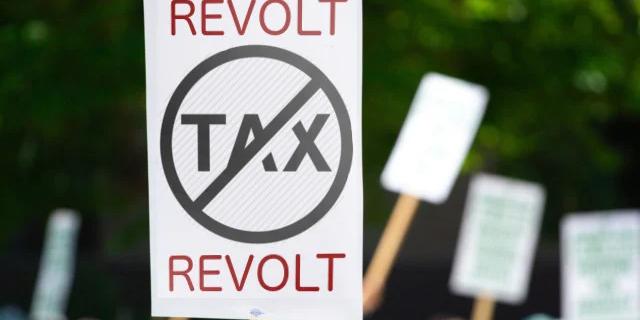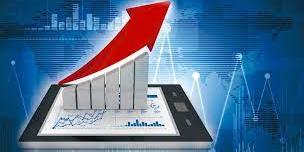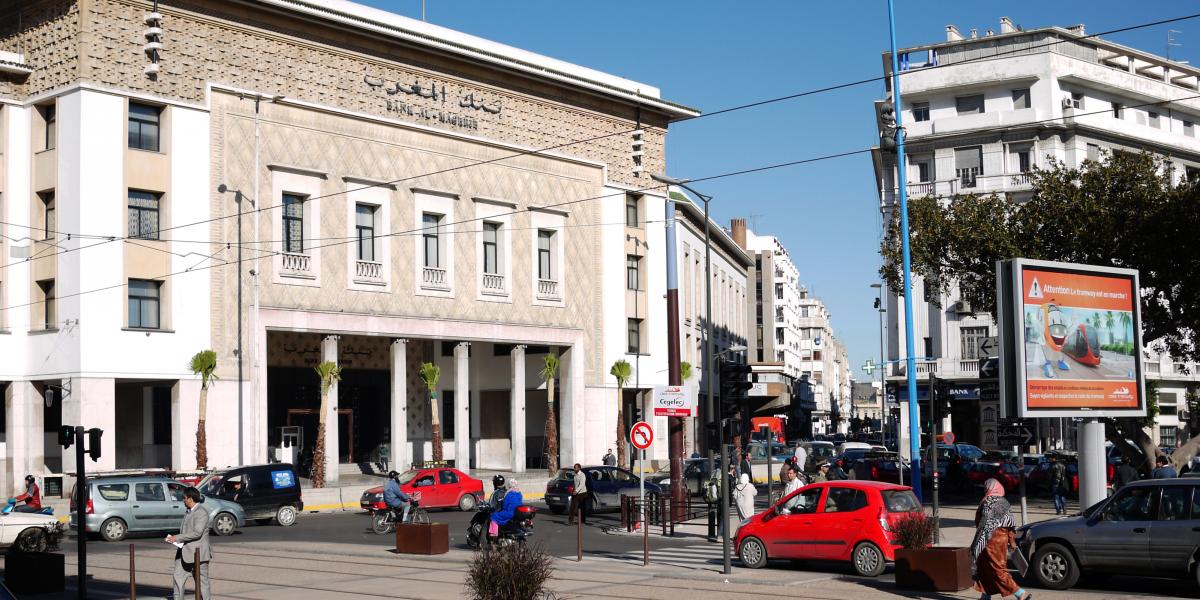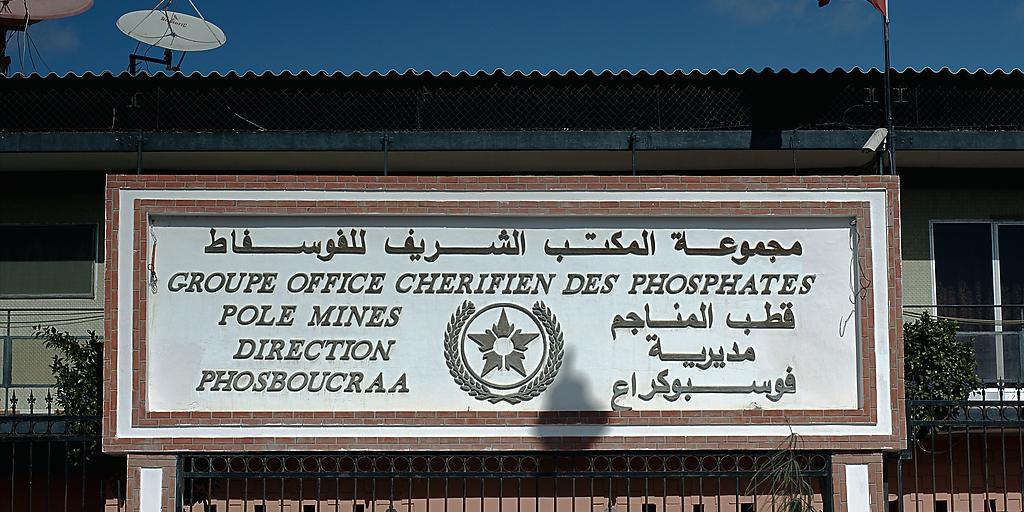South Africa : The ‘true’ cost of being middle class in South Africa
- 22 April 2022 / News / 228 / Fares RAHAHLIA

New data shows that South Africa’s shrinking middle- and upper-middle-class pays the world’s tenth highest personal income tax to GDP – yet continues to receive “vanishingly little” for what they pay compared to the rest of the world.
Data published by the International Monetary Fund this week shows that China and South Africa have seen the largest and broadest increases in debt ratios in recent years.
The increases amounted to 5.75% of annual income on average across income deciles for China and 4.5% for South Africa. Notably, in South Africa, the richest households saw the largest relative surge in debt, amounting to 15% of their annual incomes.
This is somewhat reflected in a new report by Genesis Analytics and the Financial Sector Conduct Authority (FSCA) which shows that South Africans are increasingly using their credit cards to make it to the end of the month.
The report found that the majority of the credit-active consumers spend borrowings on financing necessities: 43% of the surveyed population spent the borrowed funds on food, 11% on clothing, and on bills and monthly fees, respectively.
A recent survey by Sanlam also found that 56% of polled South Africans saw their savings decrease since the advent of Covid-19, with 59% of 1,200 respondents forced to change their spending habits.
The price of being middle-class
While financial issues are hardly unique to South Africa’s middle-class, especially with the country’s expanded unemployment rate sitting at a record 42.6%, taxpayers in the upper brackets are also getting far less for their tax money compared to other countries.
“The small overburdened upper middle class, who are the personal income taxpayers, already start paying taxes at an annual income of less than R90,000, which in most other countries would not actually give rise to any form of Personal Income Tax,” said Mike Schüssler, Brenthurst Wealth consulting economist.
“In most of the rich world, this taxpayer would probably be eligible for handouts from the government in the form of housing benefits, food vouchers or tax credits. One is concerned that any shocks to the small South African tax base would hurt government income and, therefore, all its social development agendas too.”
Schüssler noted that there were just 6.8 million taxpayers registered at the end of March 2022, supporting the rest of the country’s population.
“Basically, one of the world’s smallest middle classes pays the world’s tenth highest personal income tax to GDP. The data comes from the world’s biggest and longest-running tax database kept at the UNU-WIDER university.
“It is generally well known that South African PIT payers get very little back, but it is less well known that this is one of the smallest shares that a middle class has in the world today.”
South Africa’s middle-class taxpayers receive vanishingly little for what they pay in taxes – and are burdened with further costs which can be seen as additional taxes. These include:
- Higher property taxes;
- Higher power charges;
- Higher water charges;
- Private health insurance;
- Private school fees;
- Private security service fees.
These grudge purchases are needed to maintain a lifestyle that is similar to what normal taxpayers in other developed countries or other upper-middle-income developing countries get from their tax money, Schussler said.
“The middle class has been given a small tax break to help make up for the inflation, but with the rising debt burden this will not be easy in future without new government revenue streams, which will be difficult to establish.
source: businesstech.
 English
English
 français
français
 العربية
العربية







